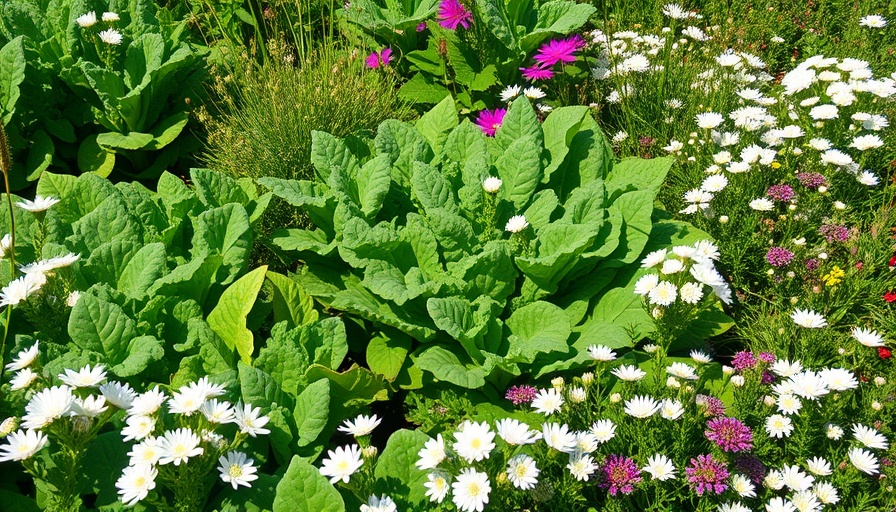
Guard Your Garden: Keeping Easter Bunnies at Bay
As spring bursts into bloom, bringing vibrant colors and fragrant flowers, it’s not just humans who rejoice in the season—rabbits are on the prowl, searching for tender shoots and juicy leaves to munch on. For gardeners, protecting their plots from these eager nibblers is crucial. By employing strategic planting and smart barriers, you can create a thriving garden that remains untouched by garden pests.
Understanding What Attracts Rabbits: A Gardener’s Guide
To effectively repel rabbits, one must first understand their cravings. Plants with soft, juicy leaves are their top picks, especially in spring when they seek to replenish after winter. Familiar culprits include:
- Lettuce: Soft-textured and hydrating, it's a rabbit delicacy.
- Pansies: With tender petals, these flowers offer a tasty treat.
- Beans: Young sprouts are particularly appealing.
- Sweet Peas: Not just beautiful, but inviting for rabbits.
- Clover: Provides both nutrition and cover.
When planning your garden, steer clear of these rabbit favorites to minimize their visits.
Strategic Planting: Alternatives That Deter
Instead of offering up a buffet, consider integrating plants that are less appetizing to rabbits. Some species that can coexist with your garden without attracting unwanted visitors include:
- Lavender: The strong scent deters rabbits while providing beauty.
- Rosemary: A hardy herb that rabbits tend to avoid.
- Thyme: Aromatic and usually left unbothered by critters.
Utilizing these resistant plants not only aids in maintaining your garden’s aesthetic but also supports a natural pest control approach.
Barriers: Physical Defenses Against Rabbits
Planting intelligent choices is essential, but physical barriers serve as an effective line of defense too. Here are a few methods:
- Small Fences: Installing a fence at least 2 feet high can deter rabbits from hopping in.
- Netting or Row Covers: These can shield seedlings from gnawing while still allowing sunlight.
- Mulching: Using rough materials like thorns can create an unpleasant walking surface for rabbits.
Combining these measures with appropriate planting creates a multi-faceted approach to pest control.
Natural Repellents: Unconventional Methods
Consider employing natural repellents to further fortify your defenses. Sprays made of garlic or pepper can create an uninviting scent and taste for rabbits. Additionally, some gardeners have reported success with human hair or animal urine as a deterrent, capitalizing on natural instincts that signal danger to the bunnies.
Future Gardening Strategies: Long-Term Considerations
As you design your spring garden, it’s crucial to develop a long-term strategy. Rotating plants annually, diversifying your plant selection, and integrating companion planting can not only reduce rabbit access but also promote a healthier garden ecosystem. Furthermore, ensuring that any new plants are not overly enticing to rabbits is key to sustaining a pest-free environment.
Common Misconceptions About Gardening with Rabbits
Many believe that rabbits are only drawn to specific kinds of flowers or vegetables; however, they can munch on a wider variety than most realize. It’s often thought that larger, tougher plants won’t attract these agile nibblers, but even some of these can end up being lunch if alternatives are scarce. A well-rounded view of your garden and proactive strategies will best safeguard your gardening efforts.
To ensure that your garden flourishes and remains rabbit-free, proactive measures are essential. By carefully selecting plants, installing barriers, and considering natural solutions, you can cultivate a space that not only blooms beautifully but stands resilient against pesky rabbits. Stay vigilant this spring to make the most of the gardening season!
 Add Row
Add Row  Add
Add 






Write A Comment